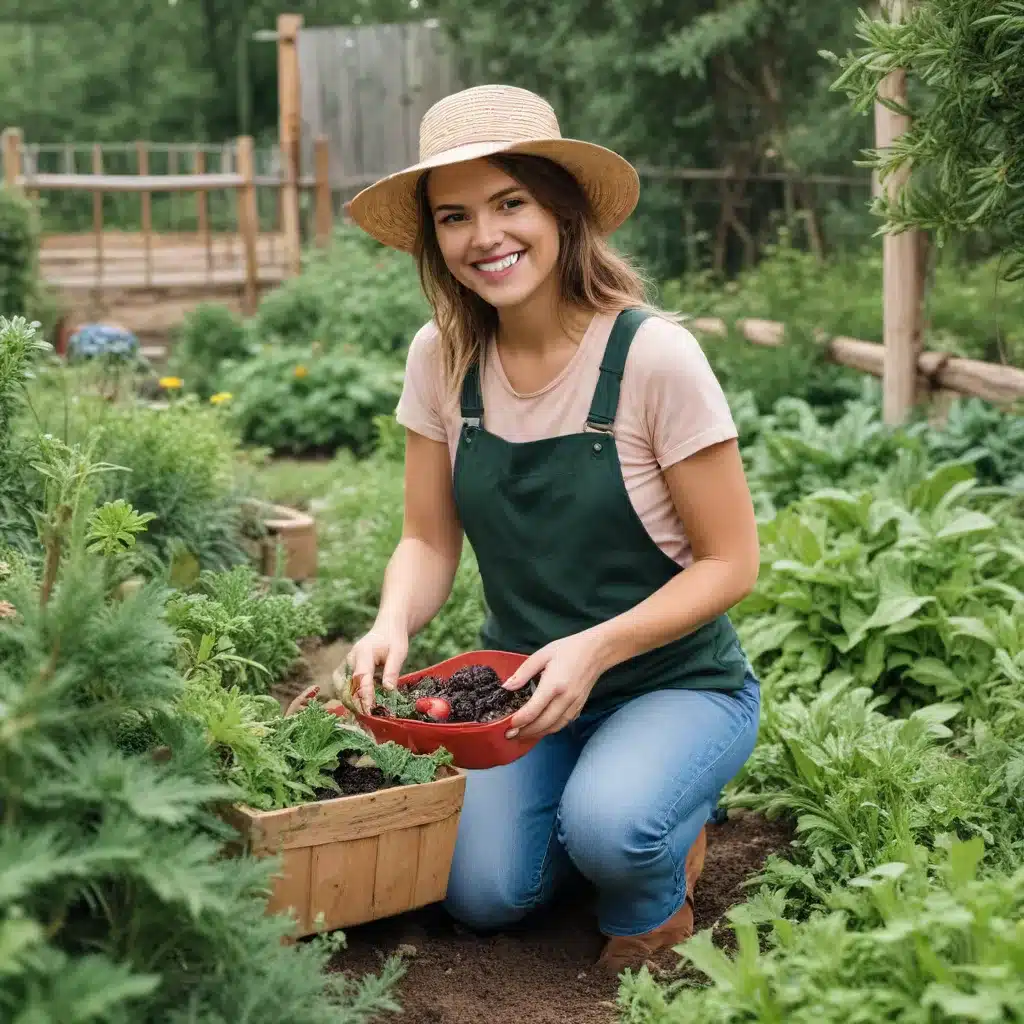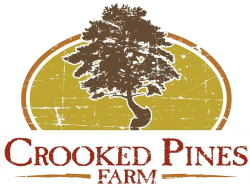
Tucked away in the rolling hills of our rural setting, Crooked Pines Farm has long been a beacon for families seeking to connect with nature and learn the joys of growing their own food. Whether you’re a seasoned homesteader or a budding urban gardener, we’re here to share our time-tested tips for cultivating a bountiful harvest – even when the snow flies.
The Power of Plants: From Farm to Table
At Crooked Pines, we believe that the healthiest foods come straight from your own backyard. Homegrown produce not only tastes better, but it’s packed with more nutrients and free from the pesticides and preservatives found in store-bought options. By growing your own fruits, vegetables, and herbs, you’ll unlock a world of culinary possibilities while safeguarding your family’s well-being.
But the benefits of gardening go far beyond the dinner table. Tending to plants can be a powerful tool for nature exploration and hands-on learning – especially for curious kids. As they watch seeds sprout and flowers bloom, children develop a deeper appreciation for the cycles of the natural world. Plus, getting their hands dirty provides sensory stimulation and motor skill practice that can’t be replicated indoors.
Sowing the Seeds of Success
Ready to start your own edible oasis? The first step is preparing the soil. At Crooked Pines, we’re big believers in the power of compost to nourish plants and suppress weeds. Each fall, we layer fallen leaves, vegetable scraps, and other organic matter into our beds, allowing it to decompose over the winter months. Come springtime, that rich, crumbly soil provides an ideal foundation for sowing seeds.
When selecting your plants, don’t be afraid to think outside the box. While classic tomatoes and zucchini will always have a place in our gardens, branching out to lesser-known varieties can yield unexpected delights. Have you tried growing mustard greens, Japanese scallions, or black radishes? These hearty, flavorful crops thrive in cool weather and can extend your harvest well into the chilly months.
Of course, proper planting technique is key. When introducing seedlings to the garden, be sure to harden them off gradually, exposing them to incremental increases in sun and wind exposure. This gentle transition helps prevent transplant shock and gives your plants the best possible start. Likewise, succession planting – sowing crops in staggered intervals – ensures a steady stream of fresh produce rather than feast-or-famine cycles.
Overcoming Mother Nature’s Challenges
No matter how carefully we plan, every gardener faces the occasional curveball from the natural world. Pests and diseases can wreak havoc on our carefully tended plots, while extreme weather events threaten to undo our hard work.
At Crooked Pines, we’ve found that a multi-pronged approach is the best defense. Companion planting – strategically arranging crops to discourage pests and attract beneficial pollinators – is one of our go-to tactics. We also rely on row covers and cold frames to protect delicate plants from frost, wind, and hungry critters.
And when Mother Nature throws us a true curveball, like an unexpected cold snap or heat wave, we turn to our trusty water management systems. Drip irrigation and soaker hoses allow us to deeply water plants without wasting precious resources. Meanwhile, mulching around stems and roots helps retain soil moisture and suppress weeds.
Savoring the Harvest
Of course, all the hard work in the garden is worth it when you can enjoy the fruits (and veggies) of your labor. At Crooked Pines, we love to celebrate each new harvest with farm-to-table recipes that highlight the flavors of the season. From roasted root vegetable medleys to hearty winter salads, our kitchen is always buzzing with activity.
But the fun doesn’t stop there. We also encourage our guests to tap into their creativity with DIY crafts using natural materials like dried flowers, gourds, and pinecones. And when the chill of winter sets in, our cozy family fun activities – think s’mores around the firepit and snowshoeing on the trails – offer a welcome respite from the cold.
Cultivating a Year-Round Oasis
As the days grow shorter and the temperatures drop, many gardeners pack it in for the season. But at Crooked Pines, we refuse to let the winter winds stop us. With the help of our DIY cattle panel greenhouse, we’re able to extend our growing season well into the colder months, harvesting a bounty of cold-hardy greens, root vegetables, and Asian brassicas even when the snow flies.
Of course, keeping our little oasis thriving year-round takes some strategic planning. We carefully time our fall plantings to ensure a steady flow of mature crops, and we rely on frost covers and hoop houses to shield the most vulnerable plants. It’s a labor of love, to be sure, but the payoff of fresh, homegrown produce all winter long makes it more than worth the effort.
Embracing the Seasons at Crooked Pines
As the seasons shift, so too do the rhythms of life at Crooked Pines. In the spring, we welcome visitors to our farm nature exploration trails, where they can discover the first wildflowers peeking through the soil and watch as our resident pollinators flutter from bloom to bloom. Summer brings a riot of color and activity, with u-pick berry patches, family-friendly events, and lively farm life chronicles to share.
And when fall paints the landscape in a vibrant tapestry of golds and reds, our attention turns to preserving the harvest. Whether canning, freezing, or drying our bounty, we take great pride in stocking our shelves for the long winter ahead. It’s during these colder months that we really get to showcase the year-round magic of Crooked Pines, from cozy DIY crafts workshops to festive seasonal celebrations.
No matter the time of year, one thing remains constant: our unwavering commitment to sustainable, joyful gardening. Whether you’re a seasoned homesteader or just starting to dip your toes into the world of edible landscaping, we hope that the tips and tricks we’ve gleaned from our decades at Crooked Pines will inspire you to get growing. After all, the most rewarding harvests often sprout from the smallest of seeds.


